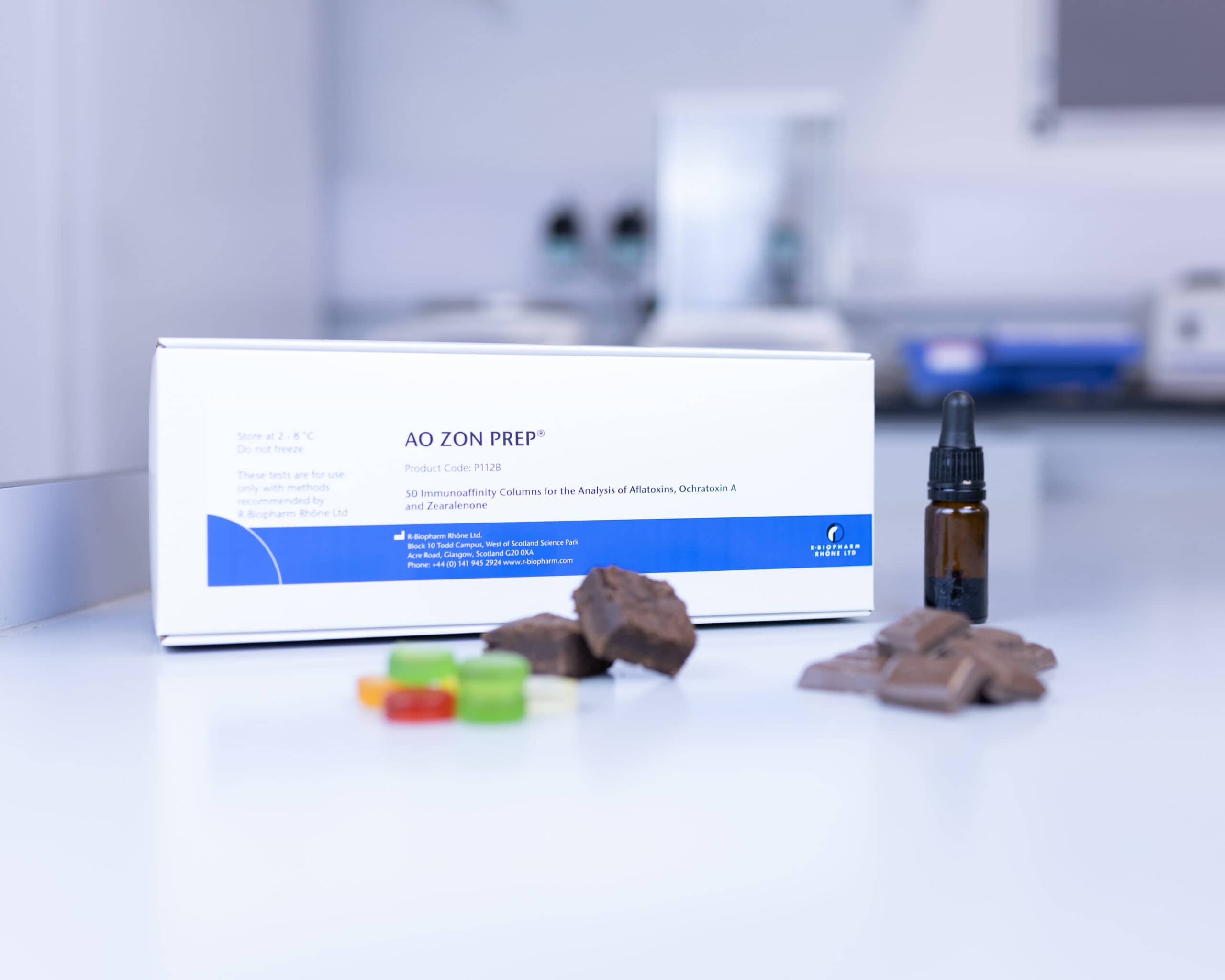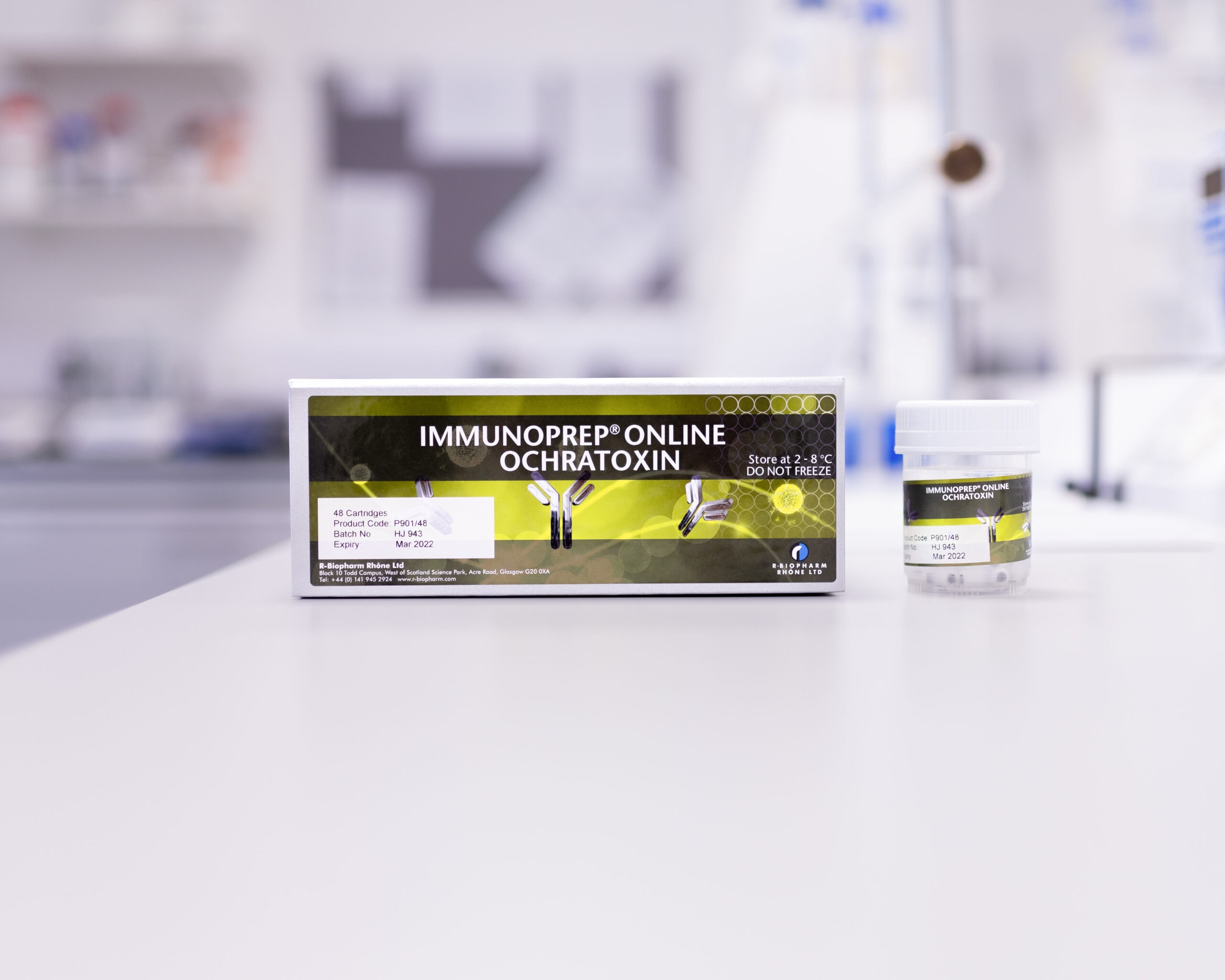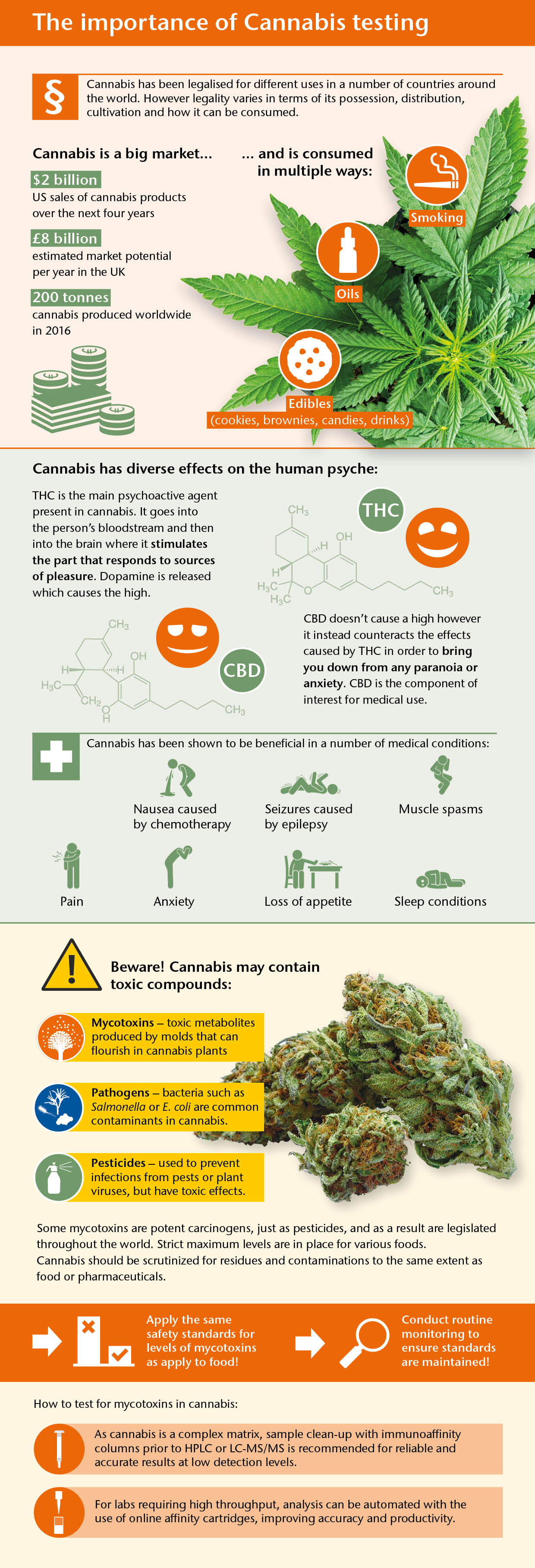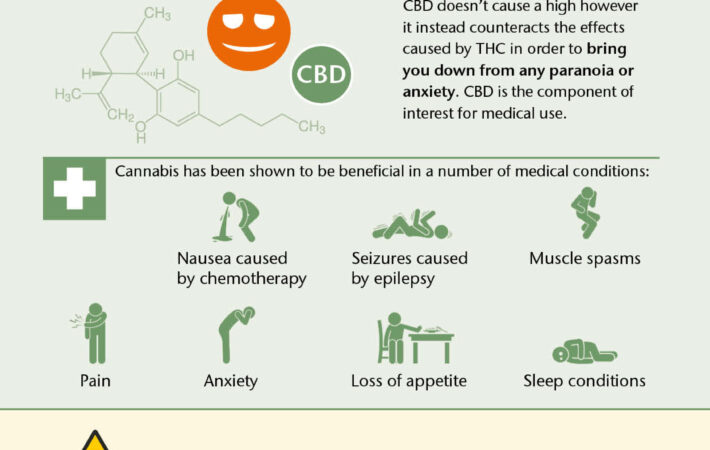
Cannabis analysis
Ensuring the safety of cannabis products
- Home
- /
- Cannabis analysis
Cannabis analysis
Cannabis has been legalised in a number of countries around the world. It has been proven to be beneficial in a number of medical conditions, but like other plants used for human consumption, cannabis may contain harmful compounds such as mycotoxins. In order to protect consumers, it is important to apply safety standards and to conduct routine monitoring of cannabis and cannabis products.
Mycotoxins in cannabis
More than 40 years ago a paper was published in the scientific journal Mycopathologia which discussed that under favourable conditions, Aspergillus flavus and Aspergillus parasiticus could flourish and produce aflatoxins in cannabis.
Mycotoxins are secondary metabolites produced by the fungus organism, commonly known as mould. However, not all fungi can produce mycotoxins. Even those with the ability to produce mycotoxins may not produce them all of the time. Growth of the mycotoxin depends on temperature, pH, humidity and the presence of plant substrates.
Some mycotoxins, like aflatoxins are potent human carcinogens and as a result are legislated throughout the world. Strict maximum levels are in place for various foods. Legislation for mycotoxins is under consideration for cannabis and/or cannabis products where these products have been legalised. Therefore, these products now need to be scrutinised for residues and contaminants to the same extent as food or pharmaceutical products. This means applying the same safety standards for levels of mycotoxins that apply to foodstuffs and conducting routine monitoring to ensure standards are maintained for products placed on the market.
In terms of mycotoxin analysis, immunoaffinity columns are already well established for the clean-up of a diverse range of complex matrices for all the regulated mycotoxins, including aflatoxin. These products have been rigorously validated and have been applied to a variety of botanical products such as herbal medicines which have matrix similarities to cannabis.
R-Biopharm is a global market leader and have been offering solutions for the mycotoxin industry for over 30 years with experience in developing test kits and applications for a wide variety of samples. All products are manufactured and tested under BS EN ISO 9001:2015 Quality Management Systems.
Microbial pathogens in cannabis
At the beginning of 1981, there was a large rise in Salmonella infections across the United States. Investigations identified marijuana as the source of the outbreak. Transmission usually occurs while handling contaminated plant material, e.g. when rolling a cigarette. However, further transmission can occur through person-to-person contact or from touching contaminated surfaces. And Salmonella is not the only microbial pathogen that may contaminate cannabis products.
With the recent legalization of cannabis in a growing number of countries, there are raising concerns about the microbiological safety of cannabis products. Relevant pathogens include Salmonella, E. coli, coliform bacteria and Shigatoxigenic E. coli (STEC).
Test systems for the analysis of mycotoxins in cannabis
As cannabis is a complex matrix, sample clean-up with immunoaffinity columns prior to HPLC or LC-MS/MS is recommened for reliable and accurate results at low detection limits. For labs requiring high throughput, analysis can be automated with the use of online affinity cartridges, improving accuracy and productivity.





